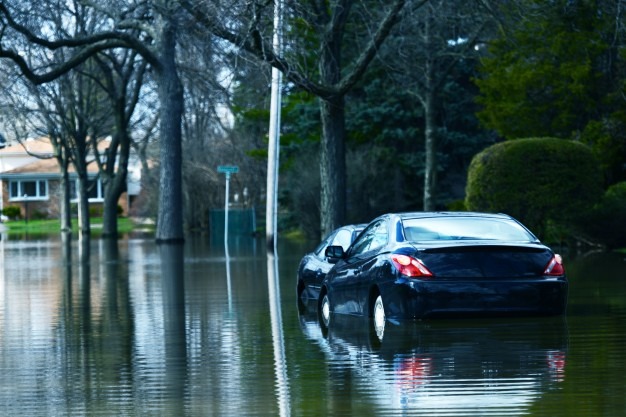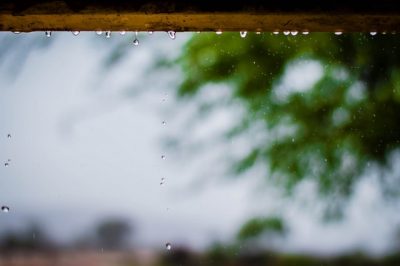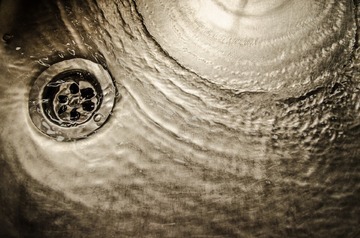The presence of rain in a nation is in the city in most places in the world is considered to be a very good thing and most people rejoice when it rains in their locality because of the good tidings that rain brings with it. Some of the happiest people in the world when it rains are farmers because rain for them means that they get to have a larger harvest when it comes to the season for harvesting the crop that they had planted. A large harvest for them means that they get to have greater earnings from the efforts that they put into sow the seeds. As much as rain is perceived to be a good thing generally, as the saying goes, too much of anything is poisonous.
It is the same with rain. When it rains too much in one area, it becomes risky for the people who live in that area and they are likely to incur losses that would be rain-related. Some of the damages that rain can cause are bringing floods that roofing property such as houses or sweep away vehicles that might be parked on the path of the water.
The water that comes as a result of too much training in a particular area can gain access to homes and houses and cause damages that are beyond repair, bringing unforeseen losses to that family. Water damage restoration companies are companies that have dedicated time and resources to help people recover some of the losses that they incur when such natural calamities occur in their locality. When picking out a specific order damage restoration company to help you provide solutions to your losses, there are a few factors that you must take into consideration in order to pick out the best water removal company.
In the event that a natural calamity occurs, the amount of time that a water damage restoration company will take to respond to the call that you’re going to place to them is a factor that you must seriously think through before deciding on a particular water damage restoration company. A water damage restoration company that has a 24/7 working customer care service would be a good choice. If they do provide a 24/7 customer care service, it means they can respond to your call at any given time of the day.
What to look for?
Responds Immediately when Disaster Strikes
Because water damage only compounds and gets more complicated the longer it is unaddressed, it’s crucial to choose a water remediation service that can arrive quickly when you call. Does the company respond to calls 24/7? How fast can they start the clean-up and repair process? Do they offer peace-of-mind emergency planning services if you want to ensure you’ll have fast help whenever needed?
Employs Licensed, Insured, Well-Trained Teams
As you research water damage restoration companies, focus on water restoration services that are properly licensed and insured in your state. In addition, consider the staff’s expertise. How long has the company been in business? What level of training and experience do the restoration team members have? Are they certified through a reputable certification program? Do they undergo ongoing training?
Has Reputable Local References
After storms and other weather-related disasters response, homeowners often find themselves besieged by unreliable, fly-by-night repair services. To avoid that problem, look for reliable water damage restoration companies with great references from local customers such as your friends and neighbors. Also, consider where the company is located, because locally owned and operated companies are more likely to rely on the word of mouth created by offering trustworthy, thorough repairs.
Offers a Detailed Plan for Damage Repairs
Getting your home back into proper, safe shape after a water disaster means having a clear plan of attack for making all repairs, as well as preventing future problems like mold growth. Having an emergency checklist, such as our free “5 Things Smart Property Owners Do FAST When Disaster Strikes,” is a great place to start preparing yourself ahead of time or giving yourself a set of guidelines if you’re already facing a water disaster. In addition, a reliable, experienced water damage restoration company will offer you a complete, accurate assessment of your property’s damage, the repairs that need to be made, and a reliable estimate of costs so you’ll be equipped to make good decisions about how you want to proceed.
The plans that a water damage restoration and mold removal company has four the repair and restoration of damaged property is also another important factor that should check for before deciding on a particular water damage restoration company to subscribe to. A water damage control company that is professional will have a plan on how to recover from all types of losses that could possibly arise from water damage.
Grab some more details at https://en.wikipedia.org/wiki/Water_damage




